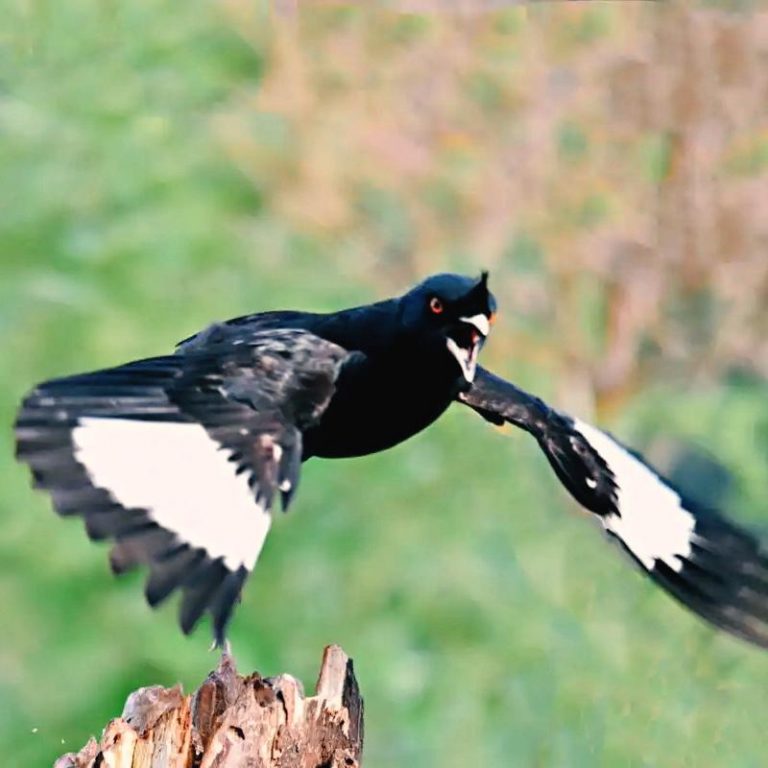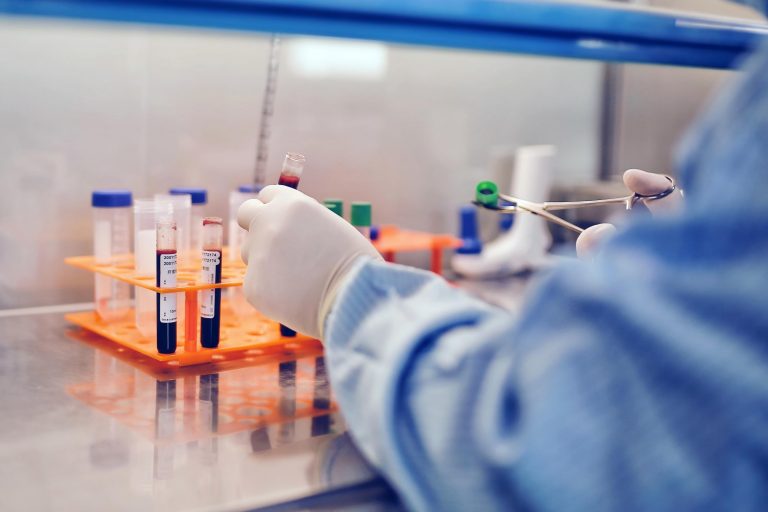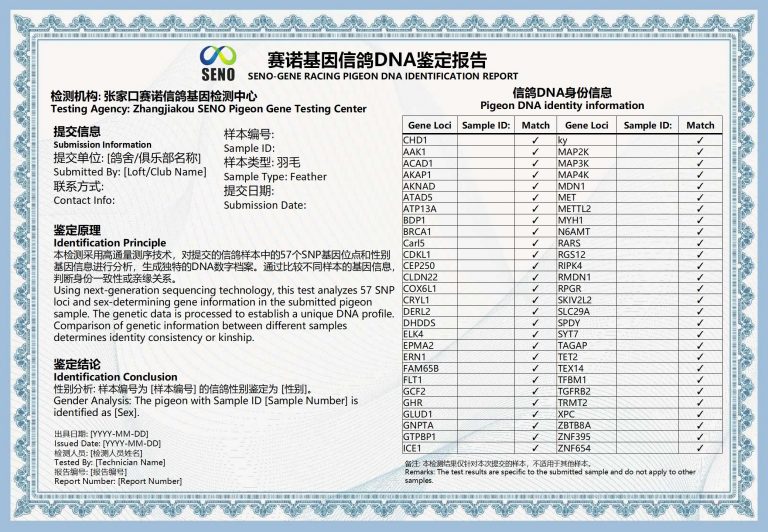
Keywords: DNA test birds at home, bird gender PCR test, avian virus DNA test, PCR vs qPCR, bird DNA testing kit, pigeon DNA test, bird parentage STR
Introduction: Why DNA Test Birds?
DNA testing in birds has become increasingly popular among aviculturists, breeders, veterinarians, and even bird hobbyists. Common applications include:
Bird Gender Identification (especially for monomorphic species like parrots)
Avian Virus Detection (e.g., PBFD, avian influenza, herpesvirus)
Genetic Traits Analysis (e.g., racing pigeon performance)
Parentage and Lineage Confirmation
Thanks to the development of compact PCR (Polymerase Chain Reaction) technology, it’s now possible to perform some DNA tests at home, with the right tools and reagents. But how exactly does it work?
1. Bird DNA Testing Methods: Which Can Be Done at Home?
| Method | Can it Be Done at Home? | Applications |
|---|---|---|
| PCR (Conventional) | ✅ Yes | Gender, virus, trait genes |
| Real-Time PCR (qPCR or Fluorescent PCR) | ✅ With compatible devices | Virus, quantitative gene expression |
| DNA Sequencing (Sanger or NGS) | ❌ No (requires lab) | Breed ID, rare gene mutation |
| STR (Short Tandem Repeat) | ❌ No (for lab use) | Parentage analysis |
At-Home Feasible: PCR and Real-Time PCR
These two techniques are the most practical for home setups:
Conventional PCR: Amplifies target DNA for detection via gel electrophoresis.
qPCR (fluorescent PCR): Monitors DNA amplification in real-time using fluorescent dyes—no gel needed.
2. PCR vs Fluorescent PCR: Differences in Operation and Equipment
Operation Process Comparison
| Step | Conventional PCR | Fluorescent PCR (qPCR) |
|---|---|---|
| Sample prep | DNA extraction | DNA extraction |
| Reaction setup | DNA + primers + Taq + buffer | Same as left + fluorescent dye (SYBR Green/TaqMan) |
| Amplification | Thermocycler | Real-time qPCR machine |
| Detection | Gel electrophoresis | Real-time fluorescence reading |
| Output | Visual bands | Quantitative curve (Ct value) |
Required Equipment
| Equipment | PCR | qPCR |
|---|---|---|
| Mini Thermocycler | ✅ | ❌ |
| Real-Time PCR Machine | ❌ | ✅ |
| Gel electrophoresis system | ✅ | ❌ |
| UV/Blue Gel Imaging | ✅ | ❌ |
| Pipettes & Centrifuge | ✅ | ✅ |
| Laminar flow hood (optional) | ⚠️ | ⚠️ |
🧾 Note: Home users often choose portable machines like MiniOne PCR or Open qPCR for their ease of use and affordability.
3. What Can You Test with PCR and qPCR?
| Application | PCR | qPCR | Remarks |
|---|---|---|---|
| Gender Test (e.g., CHD gene) | ✅ | ✅ | Most popular use |
| Virus Detection (e.g., PBFD, Pigeon Herpesvirus) | ✅ | ✅ (better sensitivity) | Requires validated primers |
| Trait Gene Analysis (e.g., ACTN3 for muscle performance in pigeons) | ✅ | ✅ | Still under research |
| Parentage (STR, SNP) | ❌ | ❌ | Must be done in certified labs |
Reference:
Ogawa, H., et al. (1997). Sex identification of parrots using PCR. Avian Pathology.
Phalen, D. (2012). Avian disease diagnosis using PCR. Veterinary Clinics of North America.

4. What Else Do You Need Besides Equipment?
Even with the equipment, successful home testing also depends on:
Reagents:
PCR Master Mix
Specific primers (gender: CHD-W/CHD-Z; viruses: custom per virus)
qPCR dyes or TaqMan probes
SENO birdstesting.com offers integrated one-step reagents that make testing easier
Other Supplies:
Nuclease-free water
Microcentrifuge tubes
Gloves, lab coat
Ethanol for sterilization
Blue light gel viewer (if PCR)
5. Cost Breakdown: How Much to Set Up DNA Bird Testing at Home?
| Setup | 16-well PCR | 32-well qPCR | 96-well qPCR |
|---|---|---|---|
| PCR machine | $300–600 | $900–2000 | $3000–8000 |
| Electrophoresis system | $300 | ❌ | ❌ |
| Gel imaging | $200–500 | ❌ | ❌ |
| qPCR machine | ❌ | $1200–2500 | $4000+ |
| Pipettes + Centrifuge | $200 | $200 | $300 |
| DNA extraction + reagents (per 100 tests) | ~$200 | ~$200 | ~$300 |
Estimated Initial Cost:
Basic PCR (16-well): $800–1200
qPCR (32-well): $1800–3000
qPCR (96-well, high-throughput): $5000+
Source: Manufacturer quotes from MiniPCR, Chai Bio, Bio-Rad, ThermoFisher (2023–2024 catalogs)
6. Home Testing Environment: What Conditions Are Required?
Room Temperature Control (18–25°C)
Clean, Dust-Free Workspace
Dedicated Area for Pre- and Post-PCR Steps
UV or HEPA Filtered Cabinet (Optional but Recommended)
Uninterrupted Power Supply (UPS)
Avoid contamination: Use separate areas and pipettes for sample prep and amplification setup.
7. How to DNA Test Birds at Home (Step-by-Step Guide)
Step 1: Collect Sample
Use blood (via toe prick) or feather pulp (from fresh plucked feather root)
Apply to DNA card or place in lysis buffer
Step 2: DNA Extraction
Use a column-based or spin-column kit
Follow kit protocol (~30–45 minutes)
Step 3: PCR or qPCR Setup
Prepare master mix + add sample DNA + primers
Transfer to PCR tubes
Step 4: Run Amplification
PCR: ~35 cycles in 1.5 hours
qPCR: Real-time detection during cycling
Step 5: Analyze Results
PCR: Run gel → visualize bands
qPCR: Check Ct values vs threshold
Conclusion: Is DNA Test Birds at Home Worthy?
If you’re managing a large number of birds, doing frequent tests, or simply want to reduce cost/time from lab services, setting up a small DNA lab at home is feasible. While initial investment is not trivial, you gain speed, flexibility, and full control of your bird genetic diagnostics.
References
Ogawa, H., et al. (1997). Sex identification of parrots using PCR. Avian Pathology.
Phalen, D. (2012). Avian disease diagnosis using PCR. Veterinary Clinics.
Chai Bio. (2023). Open qPCR Technical Specs. https://www.chaibio.com
MiniPCR. (2024). Home PCR lab setup. https://www.minipcr.com
Thermo Fisher Scientific. (2024). PCR Equipment Pricing Catalog







